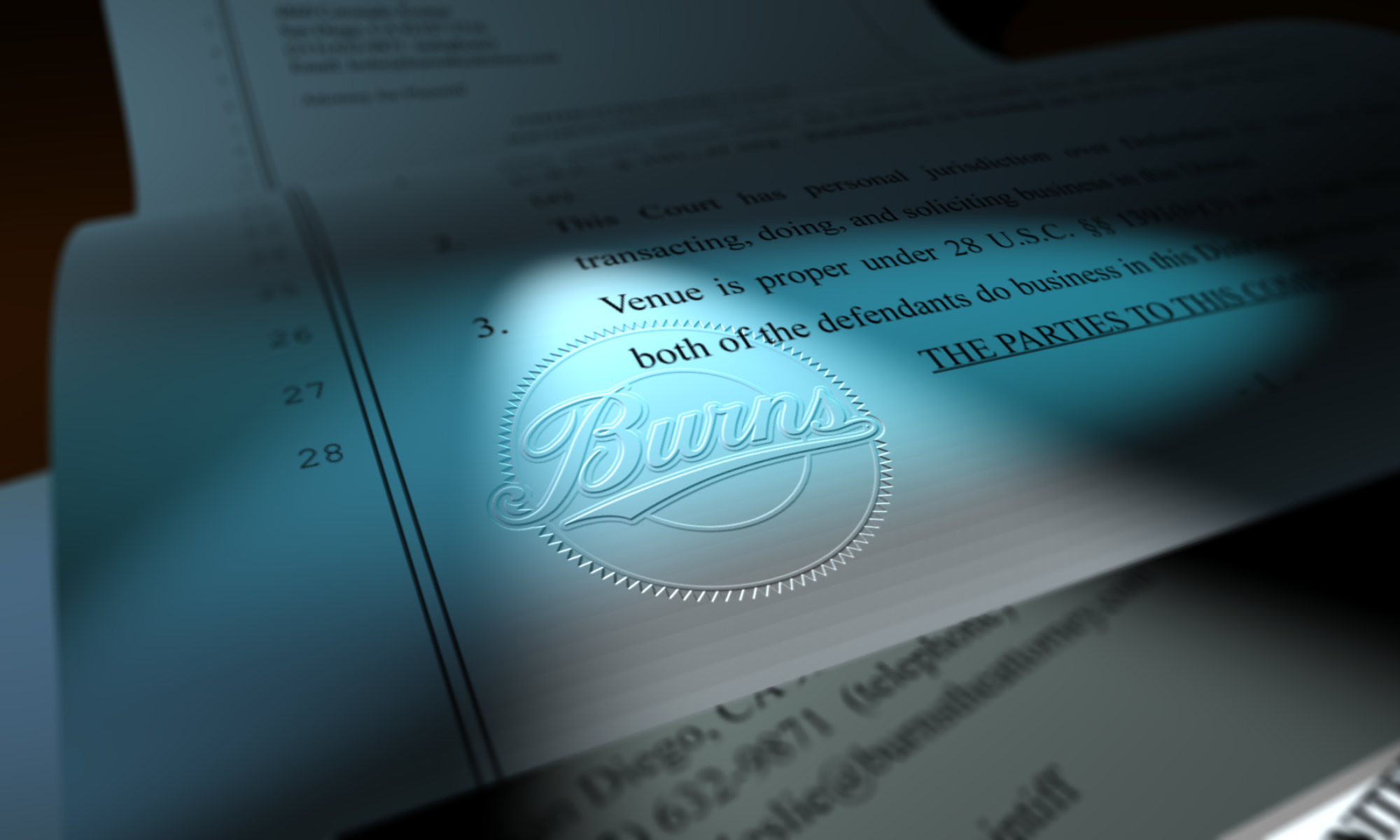Ah Spring. Yes, this assignment is about Spring, but not exactly as you may expect. Rather than say “make some image that represents Spring,” I want you to listen to, and watch, The LA Symphony performing Igor Stravinsky’s The Rite of Spring and use that as your motivation to create an image.
Lots of you may have never heard this, some of you will know it, but I’m betting that relatively few of you know the backstory. This piece was shocking at its debut. Here is a very short explanation and here is another (both from NPR). Just something to give you some context as you listen and, perhaps, to fire your grey cells a bit more.
Here are the links:
Now clearly, this is a very free-form assignment. But I think it has a lot of potential for interpretation and results. You are going to have to think about this. No easy “here’s a pretty flower just ’cause it’s Spring” will do. And I think some of you may try to find an excuse to bail on this assignment. This one is challenging–there is no easy solution. For some of you, you are going to have to reach into yourselves a bit more to process enough to make something from this–especially if you don’t listen to music like this much.
It’s an amazing piece of music so at the very least you’ll get exposed to it. And music is very, very close to the hearts of many visual creatives–from my experience the vast majority of photographers (and designers, etc.) play some instrument. So even if you don’t like it, listen to it (over and over, as needed) so that you can appreciate it, even if it isn’t your thing. Art is that way–sometimes the aesthetic just doesn’t work for someone, but the thinking, the work, can still be admired and, thus, be inspirational.
So, here is the skinny: make an image that somehow expresses Stravinsky’s The Rite of Spring. It can be one particular movement, the whole, or the emotion it evokes in you… I leave the specifics up to you. And because this is so free-form, if you want to include in your email some of your thinking– understanding that I may share those with the results when I post them— that would be fine.
Due Date: FRIDAY 09 April 2010, by 11:59PM (PT)
Email your jpegs (no larger than 1200px on largest dimension, 72ppi) and please include your last name in the file name.
Finally, please share this assignment with your friends and colleagues. Illustrators and designers are welcome to submit as well! Tweet/FB/blog about this… let’s get the word out to get more people participating.
